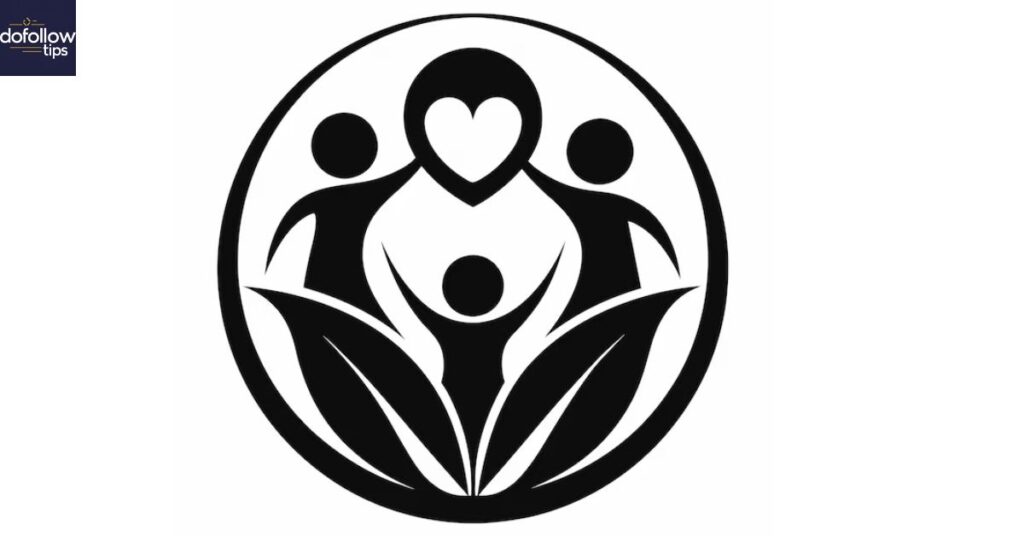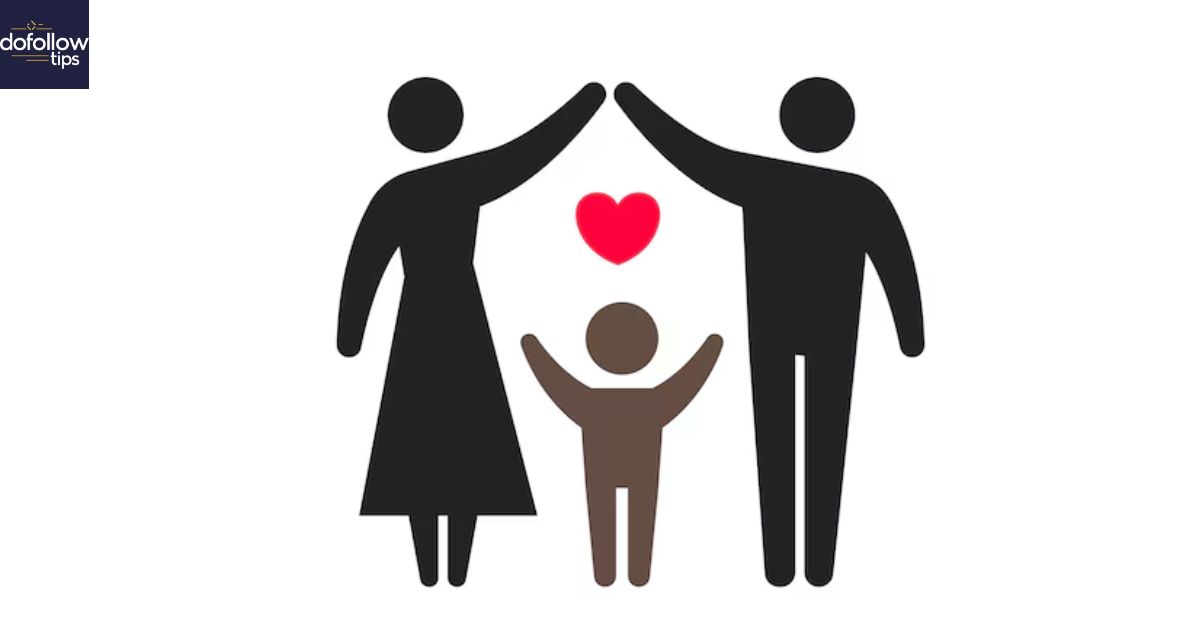Symbol families are essential in modern design. They create visual harmony across various media. Designers use them to convey information quickly and effectively.
Symbol families ensure consistency in branding and user interfaces. They play a crucial role in enhancing user experience. Understanding symbol families is vital for any designer. This article explores their importance and applications in depth.
What is a symbol family?

A symbol family is a set of related icons or symbols. These symbols share common design elements. They have consistent styles, shapes, and proportions. Symbol families create a unified visual language.
They help users recognize and understand information quickly. Designers use them to maintain visual consistency across platforms. Symbol families can range from simple icons to complex illustrations. They are fundamental to creating cohesive design systems.
READ THIS BLOG : Marc Joseph Gabelli: A Leader in Finance and Investment
The Role of Symbol Families in Typography
Typography benefits greatly from symbol families. They extend the visual language of a typeface. Symbol families in typography include punctuation marks and special characters. They also encompass mathematical symbols and currency signs.
These symbols are designed to match the typeface’s style. They maintain consistent stroke weights and proportions. Typography symbol families enhance readability and aesthetics. They contribute to the overall harmony of text layouts. Designers use them to create visually appealing and functional typography.
Symbol Families in Graphic Design
Graphic designers rely heavily on symbol families. They use them to create visual consistency in designs. Symbol families help convey complex ideas simply. They enhance brand recognition across different media.
In logos, symbol families create variations for different uses. They ensure the logo remains recognizable in various sizes and formats. Symbol families in graphic design improve visual communication. They make designs more intuitive and memorable. Graphic designers use them to create impactful visual hierarchies.
The Importance of Consistency in Symbol Families
Consistency is key in symbol family design. It creates a cohesive visual experience for users. Consistent symbol families reduce cognitive load. They make interfaces and designs more intuitive. Users can quickly recognize and understand consistent symbols.
This consistency improves user experience across platforms. It helps in building strong brand identities. Consistent symbol families make designs look professional and polished. They contribute to the overall quality of a design system. Designers prioritize consistency to enhance usability and aesthetics.
Symbol Families and User Interface Design
User interface design heavily relies on symbol families. They guide users through digital experiences. Symbol families in UI design include navigation icons and action buttons. They also encompass status indicators and system icons.
These symbols help users understand interface functions quickly. They reduce the need for text explanations. Well-designed symbol families improve app and website usability. They make interfaces more intuitive and user-friendly. UI designers use symbol families to create seamless user experiences.
Creating a Cohesive Brand Identity with Symbol Families
Brand identity benefits greatly from cohesive symbol families. They ensure visual consistency across all brand touchpoints. Symbol families reinforce brand recognition. They help create a unique visual language for the brand. Consistent symbols across marketing materials strengthen brand recall.
They make the brand more memorable to consumers. Symbol families in branding extend beyond logos. They include icons for products, services, and brand values. A well-designed symbol family enhances brand communication. It helps brands stand out in crowded markets.
Symbol Families in Web Design

Web design incorporates symbol families extensively. They enhance website navigation and functionality. Symbol families in web design include menu icons and social media buttons. They also cover form elements and interactive features.
These symbols improve website usability and aesthetics. They help create a consistent look across different web pages. Web designers use symbol families to guide user attention. They enhance the overall user experience of websites. Well-designed web symbol families improve site engagement and conversion rates.
The Evolution of Symbol Families in Digital Media
Digital media has transformed symbol family design. It has enabled more dynamic and interactive symbols. Animated icons and responsive symbols are now common. Symbol families adapt to different screen sizes and resolutions. They evolve to meet changing user expectations.
Digital media allows for more complex and detailed symbol designs. It enables symbol families to convey more information efficiently. The evolution of symbol families enhances digital storytelling. It improves user engagement in apps and websites. Designers continually innovate symbol family designs for digital platforms.
The Impact of Symbol Families on Print Media
Print media still benefits significantly from symbol families. They enhance the visual appeal of printed materials. Symbol families in print include wayfinding signs and infographic elements. They also cover decorative elements and chapter markers in books.
Well-designed print symbol families improve information hierarchy. They make printed content more scannable and digestible. Symbol families in print media enhance brand consistency. They help create cohesive marketing materials and publications. Print designers use symbol families to add visual interest to layouts.
Symbol Families and Accessibility
Accessibility is a crucial consideration in symbol family design. Well-designed symbols improve understanding for all users. They help overcome language barriers. Symbol families designed for accessibility consider color contrast. They use clear, recognizable shapes.
Accessible symbol families improve navigation for visually impaired users. They enhance usability for people with cognitive disabilities. Designers create symbol families that work well in different contexts. They ensure symbols are understandable without color. Accessible symbol families make designs more inclusive and user-friendly.
How to Choose the Right Symbol Family for Your Project?
Choosing the right symbol family is crucial for design success. Consider the project’s goals and target audience. Evaluate the symbol family’s style and versatility. Ensure it aligns with the overall design aesthetic. Check if the symbol family scales well across different sizes.
Consider how well it works in different contexts. Choose symbol families that offer enough variety for your needs. Ensure they maintain consistency across all symbols. Test the symbol family’s legibility in various applications. Select symbol families that enhance, not complicate, your design.
Best Practices for Designing Symbol Families

Designing effective symbol families requires following best practices. Start with a clear design brief and goals. Maintain consistent line weights and shapes across all symbols. Use a grid system to ensure proportional consistency. Keep designs simple and easily recognizable.
Test symbols at various sizes for legibility. Ensure the symbol family works in both color and monochrome. Create variations for different contexts and uses. Seek feedback and iterate on designs. Document guidelines for using the symbol family correctly. Regular updates keep the symbol family relevant and useful.
The Role of Symbol Families in Mobile App Design
Mobile app design relies heavily on effective symbol families. They help create intuitive navigation in limited screen space. Symbol families in apps include menu icons and action buttons. They also cover status indicators and feature icons. Well-designed app symbols improve user engagement.
They make apps more user-friendly and efficient. Mobile app symbol families must work well at small sizes. They should be recognizable on various device screens. App designers use symbol families to create consistent user experiences. They help establish app identity and improve usability.
Symbol Families in Infographics
Infographics benefit greatly from well-designed symbol families. They help convey complex information visually. Symbol families in infographics include data icons and category markers. They also cover directional indicators and decorative elements. Consistent symbols make infographics easier to understand.
They help guide the viewer’s eye through the information. Well-designed infographic symbol families enhance data visualization. They make statistical information more engaging and memorable. Designers use symbol families to create cohesive and impactful infographics.
The Benefits of Using Symbol Families in Educational Materials
Educational materials improve with thoughtful use of symbol families. They help learners grasp concepts more quickly. Symbol families in education include subject icons and learning objective markers. They also cover assessment indicators and navigation elements. Consistent symbols across materials enhance learning experiences.
They help create a familiar visual language for students. Educational symbol families improve information retention. They make learning materials more engaging and interactive. Educators use symbol families to create more effective teaching resources.
Symbol Families and Data Visualization
Data visualization relies heavily on effective symbol families. They help represent complex data sets visually. Symbol families in data viz include chart elements and data point indicators. They also cover trend markers and category symbols.
Well-designed data symbols improve data comprehension. They make complex information more accessible to viewers. Consistent symbol families in data visualization enhance comparability. They help users identify patterns and trends more easily. Data scientists and designers collaborate to create impactful data symbol families.
The Future of Symbol Families in Design
The future of symbol families in design is dynamic and exciting. Emerging technologies will enable more interactive symbol families. Augmented reality may incorporate 3D symbol families. AI could help generate context-aware symbol variations. Future symbol families may adapt in real-time to user preferences.
They could become more personalized and culturally relevant. The evolution of devices will influence symbol family design. New design tools will make creating symbol families more efficient. The importance of symbol families in design will continue to grow. Designers will need to stay adaptive to evolving symbol family trends.
Case Studies of Successful Symbol Families
Examining successful symbol families offers valuable insights. Case studies demonstrate effective implementation strategies. They show how symbol families enhance brand identity. Successful examples illustrate the impact on user experience.
Case studies reveal problem-solving approaches in symbol design. They showcase innovative uses of symbol families across media. Studying these cases inspires new design possibilities. They provide practical lessons for designers and brands. Successful symbol families often become industry benchmarks. They influence design trends and user expectations.
ALSO READ THIS BLOG : Age:xdxjcxl_4oi= Ice Spice Background and Musical Impact
Common Challenges with Symbol Families and How to Overcome Them?
Designers face several challenges when creating symbol families. Maintaining consistency across diverse symbols can be difficult. Balancing simplicity with distinctiveness is often challenging. Ensuring scalability across different sizes and contexts is crucial.
Overcoming these challenges requires careful planning and testing. Regular design reviews help maintain symbol family consistency. Creating comprehensive style guides aids in overcoming challenges.
Collaborative design processes can lead to more robust solutions. Embracing user feedback helps refine symbol families effectively. Staying flexible and open to iterations improves symbol family design.
Frequently Asked Questions
What makes a good symbol family?
A good symbol family maintains consistency in style, weight, and proportion. It should be versatile, scalable, and easily recognizable across various contexts.
How many symbols should a family include?
The number varies based on needs, but typically ranges from 20 to 100 symbols. It should cover all necessary functions without overwhelming users.
Can symbol families improve app usability?
Yes, well-designed symbol families can significantly enhance app usability by providing intuitive navigation and consistent visual cues.
How often should symbol families be updated?
Symbol families should be reviewed annually and updated as needed to stay relevant and align with current design trends and user expectations.
Are symbol families important for small businesses?
Absolutely. Symbol families help small businesses maintain consistent branding and improve customer recognition, even with limited resources.
Conclusion
Symbol families are integral to modern design across all media. They enhance visual communication and user experience. Well-designed symbol families create cohesive and intuitive interfaces. They strengthen brand identities and improve information comprehension.
The future of symbol families is evolving with technology. Designers must stay adaptable to new trends and user needs. Effective symbol families require careful planning and consistent execution. They play a crucial role in creating successful design systems. As design continues to evolve, the importance of symbol families will only grow.

Anthony is a seasoned SEO expert with a passion for content writing, keyword research, and web development. He combines technical expertise with creative strategies to deliver exceptional digital solutions.












